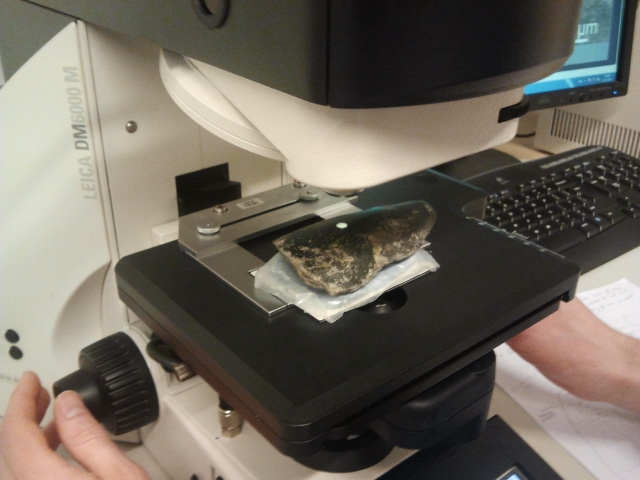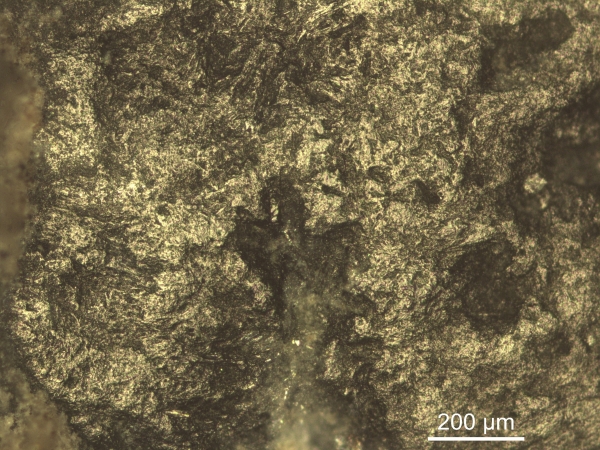Research project
Crafting Lifestyles
A biographical approach to material cultural interactions between Caribbean communities and Europeans across the historical divide (AD 1000-1800)
Short abstract
Examining continuity and transformations in the use of material culture in the Lesser and Greater Antilles through microwear study of formal artefacts (with a focus on ground stone implements, ornaments, and ritual paraphernalia).


Research question
How were the biographies of formal artefacts configured in Lesser Antillean communities (AD 1000-1800), and to what degree were they transformed by influences from other culture spheres, notably the Greater Antilles?
Project description
The Ph.D. research aims to add flesh to the bones of pre- and early colonial lifeways in the Antilles. This is achieved through examination of the biographies of select artefact categories (procurement, manufacture, use, deposition) through microscope-aided analysis of wear traces. The expectation is to discover the functions of objects and the processes they underwent in the indigenous communities, juxtaposed against shifts, changes, and continuities occurring in the early colonial period.
Relevance
Very little is archaeologically known about the daily activities involving the rich pre-colonial set of tools, ornaments, and ritual paraphernalia. Those lifeways are inferred from fragmentary, static, biased, and Eurocentric chronicles, which allow no space for authentic indigenous renegotiation, appropriation, organisation, and control over their objects and customs. Such historic distortions are addressed by the NEXUS1492 and Island Networks projects, in this study by examining the evidence left on the artefacts themselves.
Material & methods
The study includes several late pre-colonial and early colonial sites from the Lesser Antilles and the Dominican Republic. The main type categories are edge-ground implements, ornaments, and the full range of ritual paraphernalia. In the Caribbean these comprise a wide variety of rock, shell, bone, and coral types. Biographical reconstructions are made using wear trace, contextual, and geochemical evidence. Stereomicroscopes (10x-65x) and metallographic microscopes (100x-1200x) are used to recover information on the activities originally carried out which have left their wear traces as imprints on the artefact surface.
Home-base Leiden
The Leiden Laboratory for Artefact Studies houses an array of instruments (stereoscopes, metallographic microscopes, petrographic microscopes, free-arm varieties, z-stack photographic software) and experimental space which provide expert opportunity for this type of research. Connections through NEXUS1492 allow some materials to travel to Leiden and provide the environment to conduct analyses abroad.
Results
As of early 2015 the research is ongoing with main attention unto greenstone axes from the Dominican Republic and possible tools of glass from St. Vincent. A series of experiments was conducted in collaboration with RMA student C.G. Falci to investigate local shell- and stoneworking techniques applied in the production of ornaments and edge-ground tools.
Tying in & Follow-up
Still in an early stage, initial findings are contributing to the collaborative efforts of the Caribbean Research Group and partnering institutions. Abstracts were submitted for presentation in upcoming workshops and conferences.
Relations with other projects
Analysis of rocks and provenance of the ground stone implements is conducted by A.C.S. Knaf, Ph.D. researcher at the VU Amsterdam, cluster Geology and Geochemistry (prof. dr. G.S. Davies).

 Netherlands Organisation for Scientific Research
Netherlands Organisation for Scientific Research